
David Crismon, director of fine arts and photography, exhibited his Dislocated Histories art project last month. The exhibit was held at JRB Art at The Elms.
Dislocated Histories is a project Crismon began working on in the early 2000s. For the project, Crismon creates a hyper-modern twist of an old painting.
“Basically I got the idea when I was going through the national gallery in Washington D.C., looking at some 19th century landscapes, and I kind of wanted to know what those paintings would have to look like in the 20 and 21st centuries,” Crismon said.
Crismon mainly recreates portraits from the 17th -19th centuries, prior to the invention of the camera, but stays away from extremely famous figures.
“A lot of times it may be the fact that they don’t know who this person is, it’s an anonymous – someone’s done the painting but we can’t identify who the sitter is,” Crismon said. “And I like working with that because there is room to interpret. That’s also why I stay away from really famous images. I won’t do something like the Mona Lisa because it’s too copied. … I’m not trying to do a parody.”
While Crismon’s pieces are inspired by old paintings, they are not like the original. He said the online images he bases his work on are photographs that differ in shades of color — as many are scanned and altered as they are transferred digitally. And from that rendition he creates his own modern interpretation that sometimes involves multiple eyes and mouths.
“There might be a whole chunk of face where there’s just nothing – the data is gone,” Crismon said. “And that’s how we view stuff now is through data. So if the data or any of that information along the way gets distorted, tampered with, any kind of distortion comes into that – then that alters what ultimately we see and I’m interested in keeping that.”
Crismon said although his work is showing how history can be distorted, it is not necessarily disparaging of technology. He used technology to start the project when he was making a slide over Rembrandt – the famous Dutch painter.
“I was working up a PowerPoint for an art history class and I inadvertently copied a Rembrandt slide, and I let go of the mouse and this thing overlapped two photos and there it was — this three-eyed Rembrandt and that was it,” Crismon said.
Fine arts major Madison Hughes said Crismon uses technology to research the paintings, which is another way the history is conveyed through technology and is reliant on the context we live in.
“I think that we look back on history through the context of what we’re doing right now,” Hughes said. “I kind of feel like he’s trying to say to make history relevant to now – we change it a little bit to make it more aesthetic, because he kind of has more of a modern twist on it.”

To create these images, Crismon said he does a mock up of the image he wants on the computer to get a road map and then the rest is done by hand with oil paint — recreating the style of the original image but also creating his own ideas.
“I think that it’s really cool how he tries to duplicate the techniques of the old, royalty portraits,” Hughes said. “And I think that he’s trying to show we can only look back on history through a distorted lens and not really see it like it was. It’s all kind of disjointed and fractured in all of his pieces, and I think that’s an interesting commentary.”
Junior Alissa Dixon went the first night the exhibit opened at JRB.
“You can’t have something in the future without it affecting the past, you can’t have something from the past that isn’t working towards the future, and how nature kind of just exists with that doing the same thing – I thought that was really beautiful,” Dixon said.
Crismon said one of his fears regarding interpretation was that people would view his works as value judgments of the figures themselves.
“My initial fear was that people would think that these are just me kind of going in and kind of hacking up figures and that this was a kind of malicious thing, and its not,” Crismon said. “But the opposite happened, which was really unpredicted, which was people kind of just vault right over that and they see these as whole images.”
Dislocated Histories will be in Dallas in September 2016 and will also be displayed in Europe with a couple pieces in London at the Affordable Art Fair.
“I think the past, as it’s relevant to us, is under construction because we can’t experience it, we can only experience the meaning that we pull out of it,” Hughes said.
To see pictures of his work or read his commentaries on them click here. To read an article about his exhibit last month click here.








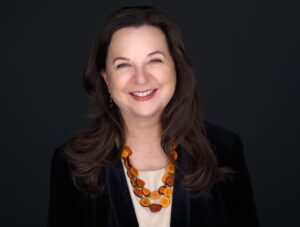
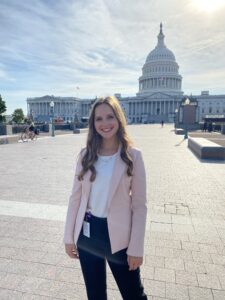
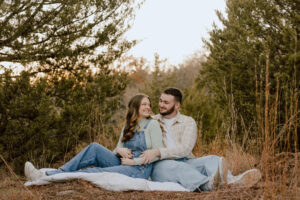
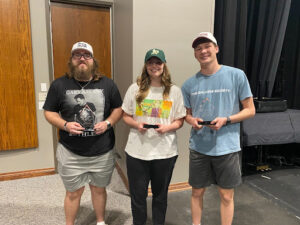
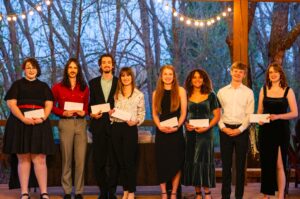


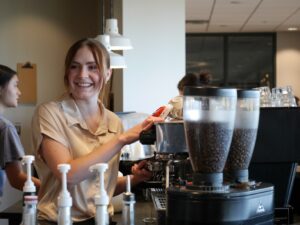
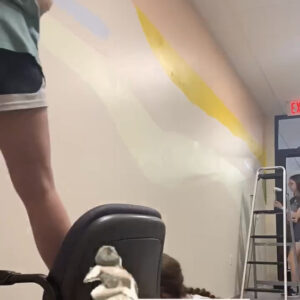
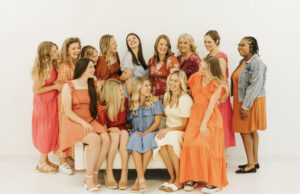

[…] OC professor recreates classical art […]